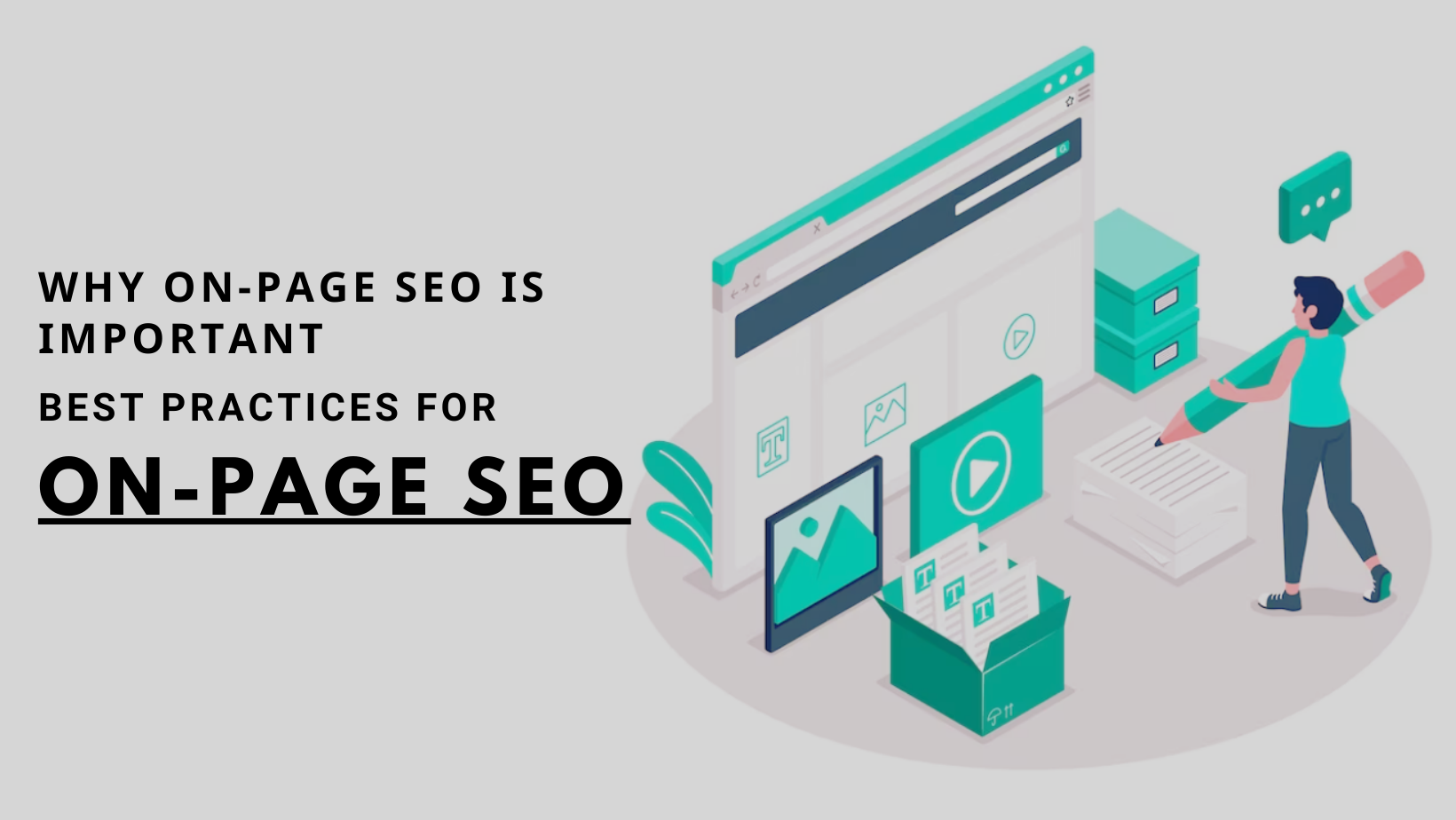
On-page optimization is a critical aspect of search engine optimization (SEO) that involves optimizing various elements of your website to improve its visibility in search engine results pages (SERPs). In this blog post, we’ll explore the importance of on-page optimization, provide some tips for effective on-page optimization, and discuss best practices for on-page SEO.
Importance of On-Page Optimization
On-page optimization is important for several reasons:
- Helps You Rank Higher in SERPs
On-page optimization helps search engines understand the content of your website and its relevance to a particular search query. By optimizing your website’s on-page elements, such as the title tag, meta description, and header tags, you can increase your website’s visibility in SERPs and rank higher for relevant keywords.
- Enhances User Experience
On-page optimization is not only important for search engines but also for users. By optimizing your website’s content, you can create a better user experience and increase engagement on your website, which can lead to higher conversion rates and lower bounce rates.
- Increases Click-Through Rates
A well-optimized title tag and meta description can entice users to click on your website’s link in SERPs. By using relevant keywords and creating compelling titles and descriptions, you can increase your website’s click-through rate (CTR) and drive more traffic to your website.
Tips for On-Page Optimization
Here are some tips for effective on-page optimization:
- Conduct Keyword Research
Keyword research is a crucial first step in on-page optimization. By identifying the keywords and phrases that your potential customers are searching for, you can optimize your website’s content to target those keywords and improve its relevance to search queries.
- Optimize Your Title Tag and Meta Description
The title tag and meta description are essential on-page elements that appear in SERPs. Optimize your title tag and meta description by including your target keywords and creating compelling titles and descriptions that entice users to click on your website’s link.
- Use Header Tags
Header tags, such as H1, H2, and H3, are important on-page elements that help search engines understand the structure of your website’s content. Use header tags to organize your content and include your target keywords in your headers to improve their relevance to search queries.
- Optimize Your Website’s Content
Optimizing your website’s content involves using your target keywords in the right places and creating high-quality, informative content that addresses your target audience’s needs. Use your keywords naturally and avoid keyword stuffing, as this can lead to a poor user experience and even result in a penalty from search engines.
- Use Alt Tags for Images
Alt tags are important on-page elements that describe the content of your website’s images to search engines. Use descriptive alt tags that include your target keywords to improve your website’s relevance to search queries and enhance accessibility for users.
Best Practices for On-Page SEO
Here are some best practices for on-page SEO:
- Keep Your Content Fresh
Updating your website’s content regularly can help improve its relevance and keep users engaged. Consider adding new blog posts, updating existing content, and removing outdated information to keep your website fresh and relevant.
- Use Schema Markup
Schema markup is a structured data format that helps search engines understand the content of your website better. Implementing schema markup can enhance your website’s visibility in SERPs and improve its relevance to search queries.
- Improve Your Website’s Speed
Website speed is a crucial factor in user experience and SEO. Improve your website’s speed by optimizing your images, minifying your CSS and JavaScript, and using a content delivery network (CDN) to deliver your website’s content faster.
- Optimize for Mobile Devices
With more and more users accessing the internet on mobile devices, optimizing your website for mobile devices is crucial. Ensure that your website is responsive and mobile-friendly by using a mobile-responsive design, optimizing your images for mobile devices, and reducing page load times.
- Monitor Your Website’s Performance
Regularly monitor your website’s performance using tools like Google Analytics and Google Search Console. Analyze your website’s traffic, search rankings, and user behavior to identify areas for improvement and make data-driven decisions about your on-page optimization strategy.
In conclusion, on-page optimization is a critical aspect of SEO that can help improve your website’s visibility in SERPs, enhance user experience, and increase click-through rates. By following the tips and best practices outlined in this blog post, you can effectively optimize your website’s on-page elements and improve its relevance to search queries. Remember to conduct keyword research, optimize your title tag and meta description, use header tags, create high-quality content, and monitor your website’s performance to ensure that your on-page optimization strategy is effective and up-to-date.
